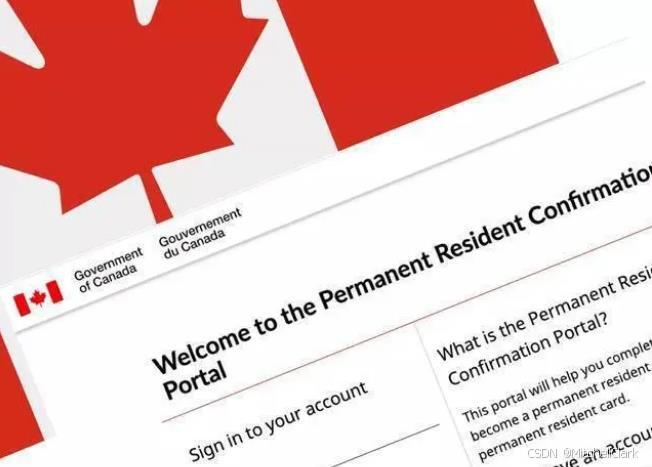What Are The Differences Between Canadian Maple Leaf Card And US Green Card, Tax Payment And Other Rights And Obligations?
What Are The Differences Between Canadian Maple Leaf Card And US Green Card, Tax Payment And Other Rights And Obligations?
"Analysis on the difference between "Maple Leaf Card" and "Green Card"" is published by the Visa Network of Travel Abroad.com. The main content: For some people with immigration intentions, they often compare each immigration country. So, specifically, Canada and the United States, the two immigration countries,
For those interested in immigration, they tend to compare immigration policies in different countries. Take Canada and the United States as examples, how are the differences between these two countries in terms of immigration? From a legal perspective, the core of immigration is to obtain permanent residence qualifications in the target country. So, what is the difference between a US visa and a Canadian "maple leaf card"?
Interested people often compare different immigrant countries. So, how should we make a choice for these two countries? From a legal perspective, the essence of immigration is to obtain the long-term residence qualifications of the destination country. Canada's long-term residence permit has maple leaves printed on it, so it is often called a "maple leaf card", while the United States' long-term residence permit was originally green, so it is usually called a "green card".
Canadian maple leaf card PK US green card difference
Canadian green card holders are not subject to tax liability without residency in the country. Although the rights and obligations of the United States and Canada are roughly equivalent to those of the green cards and are not eligible for election or being elected, there are differences in tax treatment. U.S. green card holders must pay taxes to the United States wherever they are, while Canada allows green card holders who have not established a residence relationship to not have to submit tax forms.
Canadian maple leaf card PK US green card difference 2
There are differences in residence requirements. Once you obtain a green card in Canada or the United States, the applicant must meet certain residence requirements in the corresponding country, otherwise the validity of his/her immigration status will not be guaranteed. Taking maintaining a US green card as an example, applicants need to live in the United States for at least half a year each year, otherwise they may be interrogated when entering the country, thereby increasing the risk of losing their immigration status. The subsequent policies are relatively relaxed, and applicants only need to accumulate residence for more than two years within every five years to maintain their permanent resident status. In recent years, the United States and Canada have reviewed residence time extremely strictly. They have equipped card reading equipment at the airport to record the entry time of those who hold green cards.
Canadian maple leaf card PK US green card difference three
There are differences in convenience in international travel. Obtaining permanent residence in the United States or Canada is equivalent to obtaining a pass from other countries and being able to enter certain sovereign states, including but not limited to certain sovereign states. However, permanent residents of the United States and Canada face different treatments when traveling to each other's countries. Those who hold US green cards can enter Canada without visa, while Canadian maple leaf card holders must apply for a visa, although the acquisition of this visa is relatively simple and can obtain multiple round trip licenses for up to ten years in one application.
Tips:
American Green Card
The US permanent resident certificate, commonly known as the green card, is a kind of identity certificate designed to prove that foreigners enjoy permanent resident qualifications in the United States. The expression of obtaining a green card specifically refers to the process of immigration becoming permanent residents. The legal permanent residence rights of green card holders are officially granted and include permits for conditional residence and employment in the United States. The holder must continue to maintain permanent resident qualifications. Once a certain condition of the qualification is no longer valid, he may lose this identity. The US permanent resident card, commonly known as the green card, was previously issued by the Planning Bureau (INS). Subsequently, the bureau was incorporated into the Citizenship and Immigration Services (BCIS) under the jurisdiction of the Department of Homeland Security (DHS), and assumed the duties of the original bureau. After the merger was completed, BCIS was renamed the USCIS Bureau of Citizenship and Immigration Services, or USCIS.
Canadian Maple Leaf Card
The card contains laser-etched images and signatures, and also records the cardholder's appearance information, including gender, height and eye color. In addition, the design technology of Maple Leaf Card is far beyond the tapes of bank financial cards, and the data contained in it is necessary to confirm permanent resident status. These data are limited to authorized officials to read. This card is not used to track cardholder's actions, thus ensuring the security of cardholder's privacy. Since January 1, 2004, the maple leaf card has officially replaced old immigration paper, solving its huge size, inconvenience in carrying, and the worries of being easily tampered with, copied or misused. On August 24, 2009, the Canadian Citizenship and Immigration Bureau officially began using the brand new maple leaf card.
Consult now





